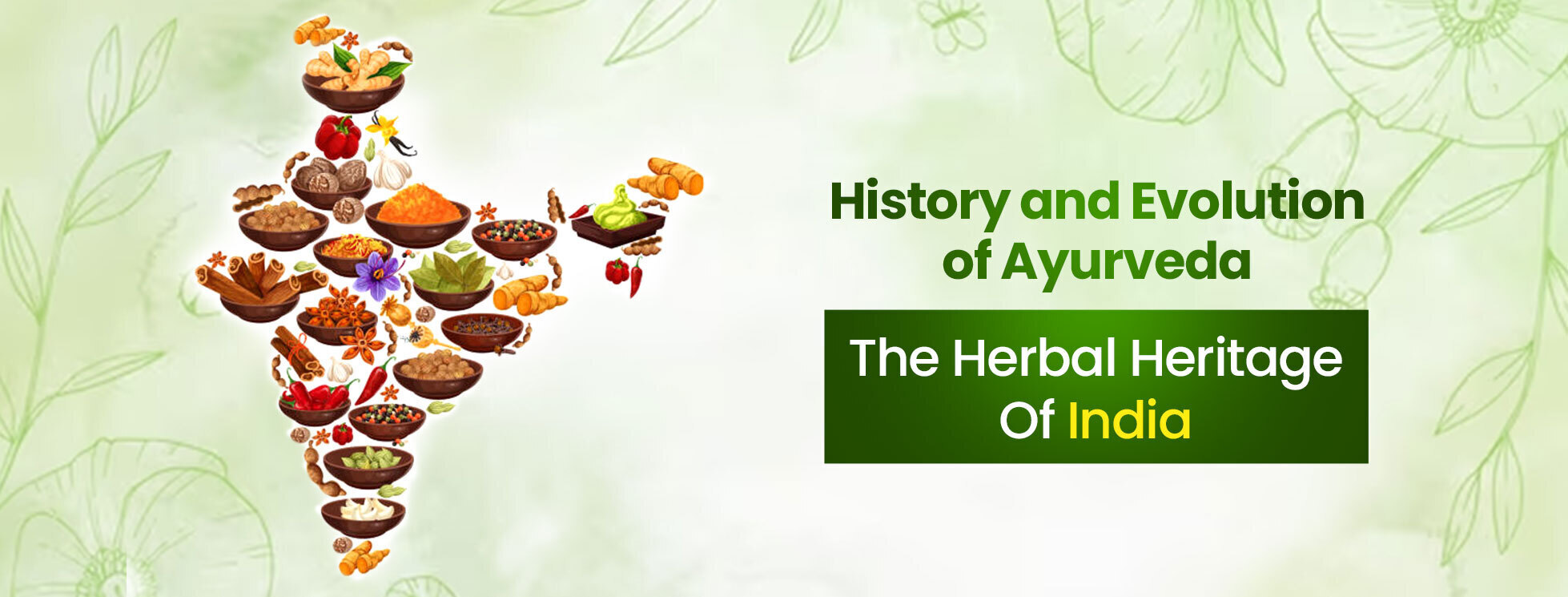India’s age-old medicine practice, Ayurveda, holds immense importance today also. The history of Ayurveda in India dates back to 3000 years ago. Ayurveda is derived from two words, Ayu, meaning life, and Veda, meaning knowledge. This form of healing inculcates yoga, meditation, and therapy. Let’s unravel more about this form of ancient healing that is practiced today, also.
It is widely known for its comprehensive methods of treating illness and diseases in the human body. Ayurveda entails all forms of treatments to make a person healthy. Yoga is widely separated into three principal divisions:
History and Evolution of Ayurveda
The evolution of a healthy living style originated from four Holy scriptures named Veda, i.e. Rig Veda, Sama Veda, Yajur Veda, and Athar Veda. It is attached to the sub-section of Atharav Veda. It is the art and science of dealing with diseases, health, and injuries. Here is the timeline of the evolution of Ayurveda.
In the 4th century, Dridhabala revised the scripture Chakra Samhita. Also, in the 6th century, the scriptures of Sushruta Samhita were revised by Nagarjuna. Then the eight divisions of Ashtanga Ayurveda or list of ayurvedic treatments are namely:
Benefits of Ayurveda:
Ayurveda aims to provide a holistic way of living. Here are some of the potential benefits provided by Ayurveda:
Wrapping Up
An age-old practice, Ayurveda is still a part of treating myriad ailments. With its benefits, its use can never be neglected in any area of the world. From promoting weight loss to relieving other ailments, Ayurveda is the one-stop solution to various troubles.
FAQS
What is the prime emphasis of Ayurveda?
Are Ayurvedic medicines effective against ailments?
